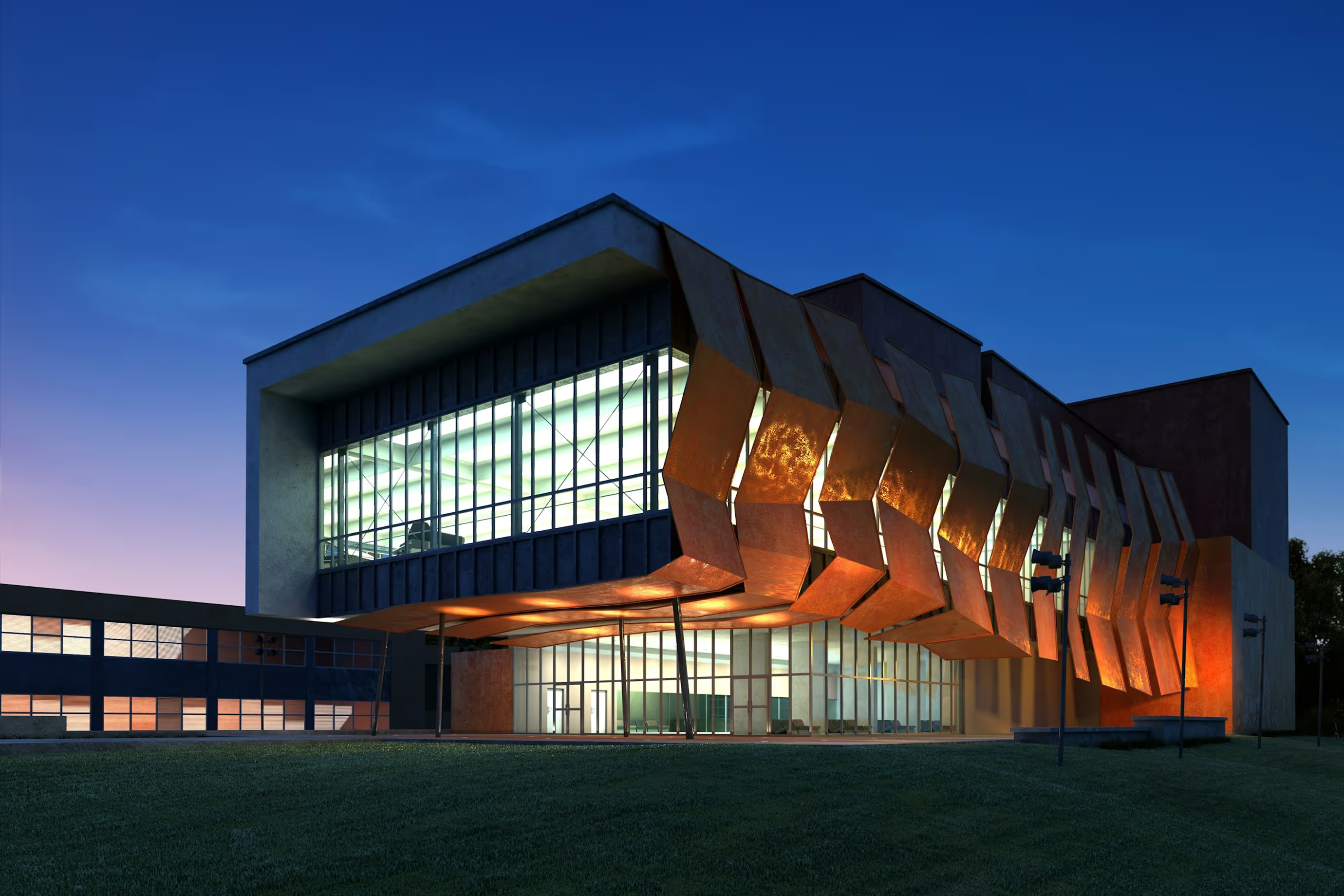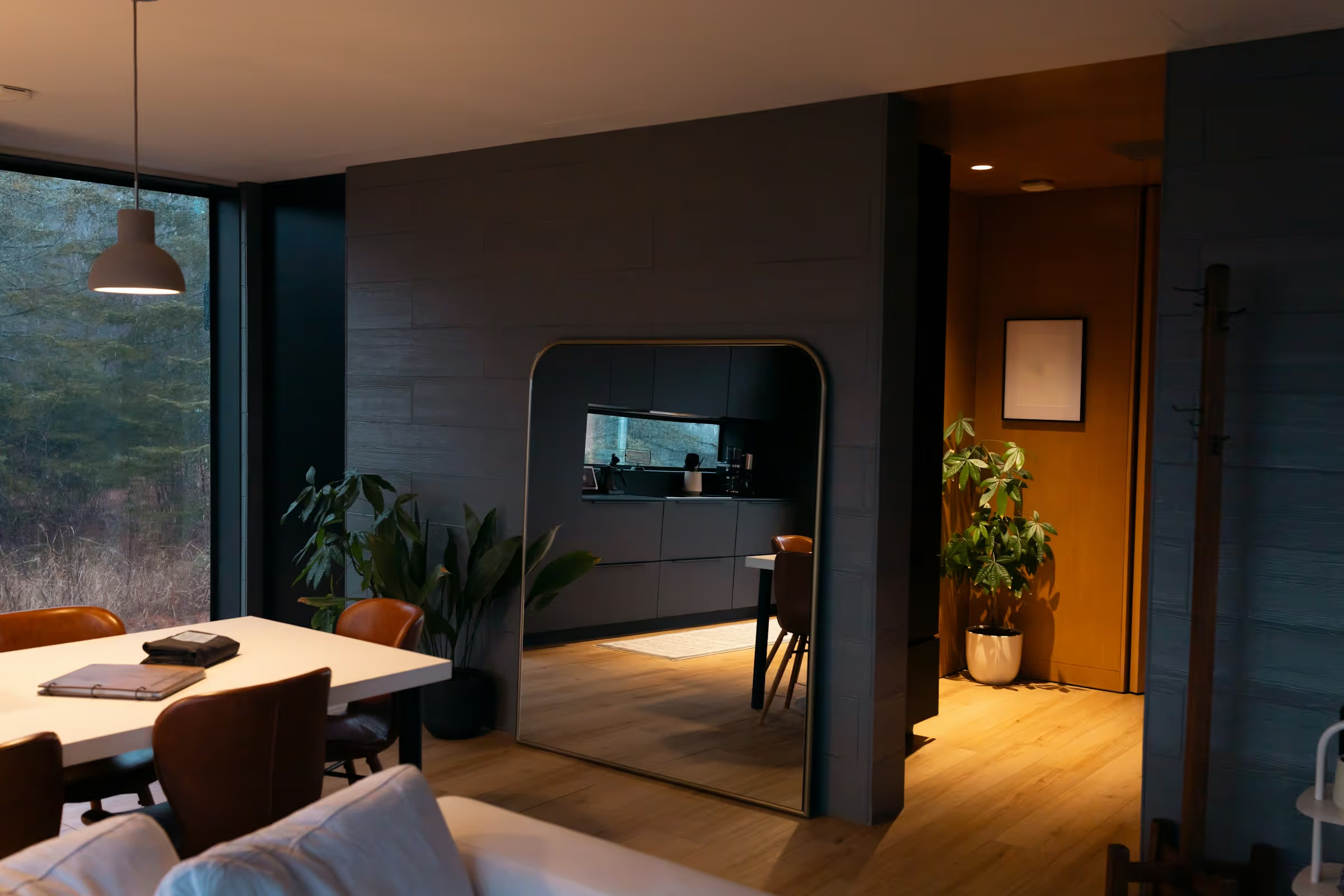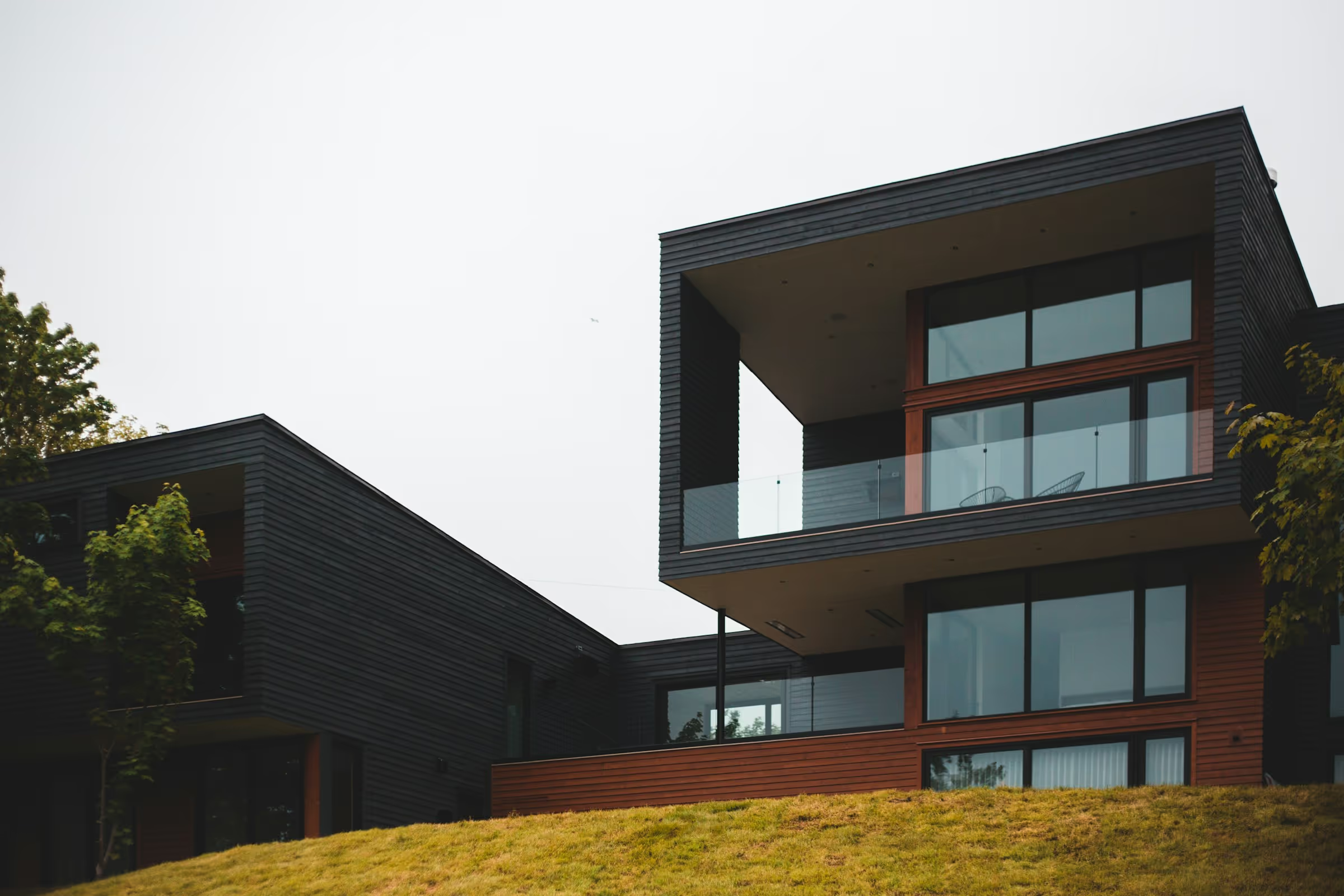How we’re redefining workspaces to support focus, creativity, and genuine connection in modern environments

In architectural design, materials do more than define aesthetics. They shape how a space feels, functions, and endures. Every texture, tone, and surface carries emotional weight, influencing how people experience their surroundings.
At our studio, material selection begins long before specifications are written. We explore the story behind each material, its origin, sustainability, and tactile quality to ensure it complements the spirit of the project. This process is not purely visual. It’s about how the body moves through space, how surfaces respond to touch, and how light interacts across different textures.

A few key principles guide our process:
- Authenticity: We favor natural, honest materials that age gracefully.
- Context: Each choice responds to light, climate, and cultural setting.
- Balance: A restrained palette lets form and proportion take the lead.
Material selection becomes an act of storytelling. For a coastal retreat, for instance, we might use stone that echoes the landscape’s rugged calm. In an urban workspace, we might introduce oak or brushed metal to strike a quiet rhythm between warmth and precision.
The goal is not to impress with extravagance but to achieve quiet harmony. A limestone wall catching soft daylight or a timber surface that bears the mark of time often speaks louder than ornate detail. Ultimately, material choices tell a story of care and intention. When thoughtfully composed, they ground a building in its place, giving it permanence, character, and a sense of belonging.


